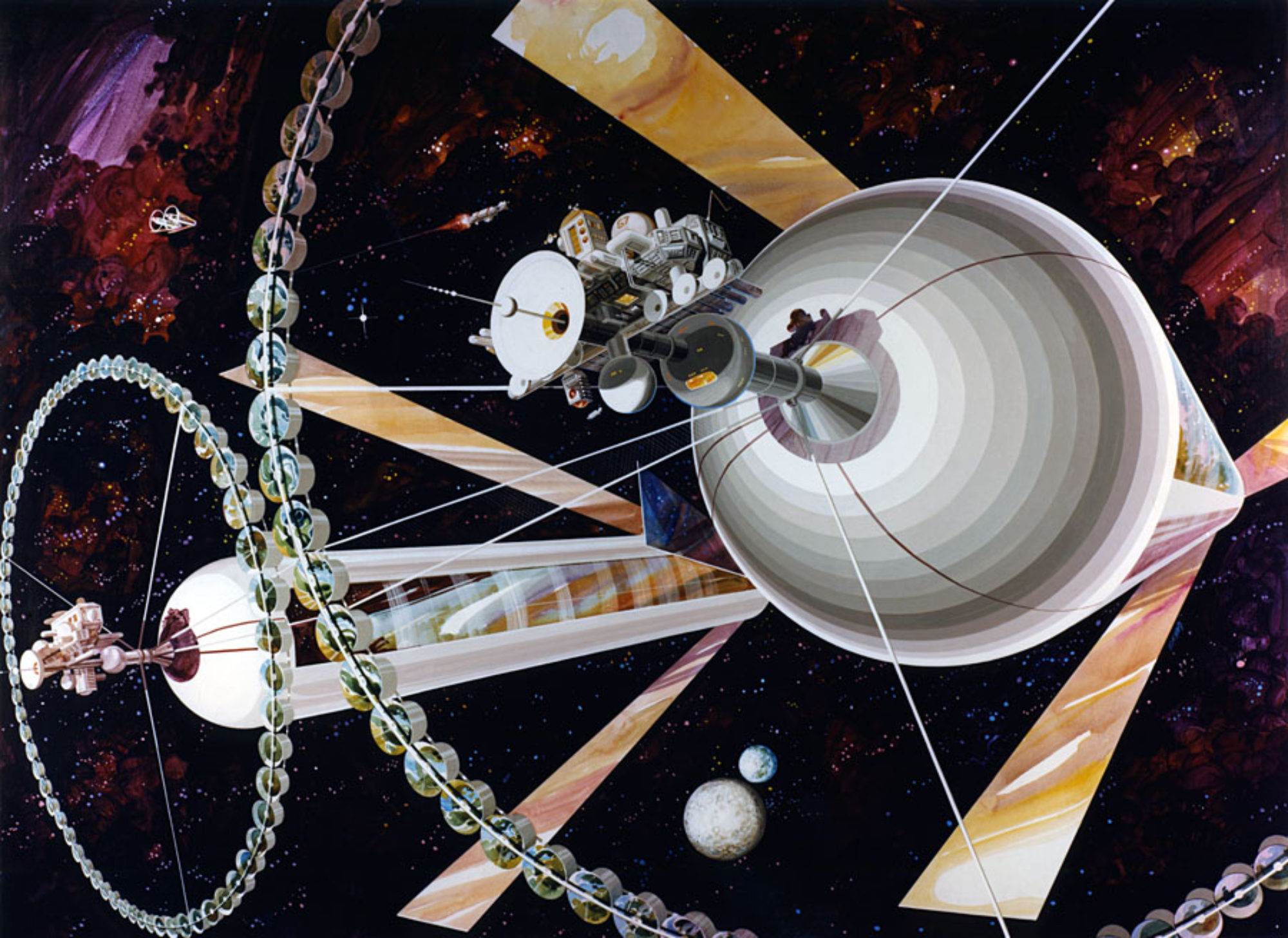
Erik Kulu, a Senior Systems Engineer in the satellite industry, has a passion for emerging technologies…especially those in the in-space manufacturing field. He’s created the largest public database of companies active in the emerging in-space economy. Called Factories in Space, it tracks companies engaged in microgravity services, space resources, in-space transport services, the economies of LEO, cislunar space, the Moon and much more.
Kulu provides an overview of commercial microgravity applications for both terrestrial and in-space use. His listing and analysis of potential business ventures provides a comprehensive summary of unique profitable commodities manufactured in microgravity, including fiber optics, medical products, exotic materials and many more.

“This is the missing piece to speed up development for the exciting Star Trek-like future. I believe in-space manufacturing will be the kickstarter and foundation.”
In a recent industry survey examining the commercial landscape of space resources in 2021, Kulu renders a statistical breakdown of the currently evolving development stages of in-space manufacturing companies, levels of funding by market sector, timing of company founding and geographical location of the main players. His analysis shows a marked increase in the formation of companies from 2016 – 2018 dropping off over the last 3 years.

I asked Kulu about what he thought caused the downward taper because it seemed to have started before the COVID-19 pandemic, and so was probably unrelated. He agreed, and offers this explanation:
“Primarily, I think the decline is a mix of following:
- There was a boom of some sorts, which has slowed down in terms of very new startups. Similar graphs [indicate the same trend] for nanosatellite, constellation and launcher companies. Funding boom is continuing though.
- As many of those space fields do not have obvious markets, some potential new actors might be in wait mode, because they want to see what happens financially and technically to existing companies.
- Startups could be in stealth mode or very early stage and as such I have not become aware of them yet. They will likely partially backfill.”
“While there was a decline, I forecast Starship and return to the Moon will kick off another wave in about 2-3 years.”
Kulu also tracks NewSpace commercial satellite constellations, small satellite rocket launchers and NewSpace funding options through his sister site NewSpace Index. But he doesn’t stop there. The world’s largest catalog of nanosatellites containing over 3200 nanosats and CubeSats can be found in his Nanosats database.
Learn more about how Erik Kulu got started tracking the in-space economy in this interview from earlier this year over on Filling Space. And be sure and tune in live to The Space Show next month when I cohost with David Livingston for his debut appearance, exact date to be determined. You can call the show and ask Erik questions directly. Check TSS Newsletter, updated weekly, for the show date once its set. This post will be updated when the schedule is finalized, so readers can check back here as well.

